Disclosure: This article contains affiliate links. We may earn a commission from purchases at no extra cost to you, which helps our travel content.
I've circled the globe more times than I care to count, but nothing quite prepared me for Palau. This tiny archipelago in the western Pacific—a place that barely registers on most travelers' radars—delivered one of the most profound solo adventures I've experienced in my 43 years. Two weeks navigating through impossibly blue waters, verdant jungle paths, and the warm embrace of Palauan culture reminded me why I left that corporate tech desk behind years ago. Palau isn't just a destination; it's a masterclass in what happens when you step away from the familiar and into the unknown. Whether you're an experienced solo traveler seeking your next adventure or someone looking to make your first independent journey truly count, these islands offer something that's increasingly rare in our hyper-connected world: genuine discovery. Let me show you how to make the most of two weeks in this Pacific paradise, where connection—to nature, to others, and to yourself—happens in ways you'd never expect.
Why Palau Should Top Your Solo Travel List
When I mentioned to friends I was heading to Palau solo, I received two consistent responses: 'Where exactly is that?' followed by 'Isn't that better with a diving buddy?' Fair questions, but both miss the point of what makes this Micronesian nation so special for independent travelers.
Palau sits about 500 miles east of the Philippines in the western Pacific, a scattered collection of over 500 islands that somehow pack in more natural wonders per square mile than anywhere I've visited. Only eight of these islands are permanently inhabited, with most Palauans living in or around Koror, the nation's commercial center.
What makes Palau exceptional for solo travelers is precisely its unique position at the intersection of accessibility and remoteness. Unlike many Pacific destinations that require complicated island-hopping or intimidating logistics, Palau offers a remarkably self-contained experience. English is widely spoken, the US dollar is the official currency, and the main tourist infrastructure is concentrated enough that you'll never feel stranded.
Yet step just slightly off the beaten path, and you'll discover experiences few travelers ever access. During my two weeks, I found myself invited to a traditional first-birth ceremony in a small village, sharing stories with elders whose histories stretch back to WWII, and discovering hidden swim spots known only to locals—all connections that happened organically because I was traveling alone and remained open to spontaneous invitations.
The Palauan concept of 'mesulang' (gratitude and reciprocity) extends naturally to visitors willing to approach the islands with respect and curiosity. This cultural openness creates natural pathways for solo travelers to connect in ways that larger groups often miss.

💡 Pro Tips
- Learn a few basic Palauan phrases like 'Alii' (hello) and 'Sulang' (thank you) to break the ice with locals
- Join group diving excursions as a solo traveler—they're a natural way to meet other adventurers
- Visit the Belau National Museum early in your trip for cultural context that enriches every subsequent experience
Setting Up Base in Koror: Where to Stay & How to Get Around
After a long series of flights (Oklahoma City to Los Angeles to Tokyo to Koror), I arrived at Roman Tmetuchl International Airport feeling that unique mix of exhaustion and excitement that marks the beginning of a promising adventure. The immigration process was straightforward, with my US passport earning me a 30-day visa on arrival.
While Palau offers accommodations ranging from backpacker hostels to luxury resorts, I opted for a sweet spot in between at the Palau Central Hotel in downtown Koror. This mid-range option gave me a comfortable base with air conditioning (non-negotiable in Palau's humidity), reliable WiFi for keeping up with some remote work, and a central location that proved invaluable for solo exploration.
The hotel's modest but clean rooms start around $120/night, including breakfast—a worthwhile investment for solo travelers who appreciate having a comfortable retreat. What really sold me was the helpful front desk staff who became my unofficial trip advisors, connecting me with local guides and suggesting off-guidebook spots based on my interests.
Navigating Koror without your own transportation might initially seem daunting, but I quickly discovered a rhythm that worked. The town itself is compact enough to walk many places, though the tropical heat makes even short distances challenging mid-day. Taxis are readily available and reasonably priced for longer trips around Koror and to nearby Babeldaob island.
For maximum flexibility, I rented a scooter for $35/day from Palau Motorcycle Rental near the center of town. This proved to be one of my best decisions, allowing me to explore hidden corners of Koror and the causeway-connected islands at my own pace. The roads are generally well-maintained, traffic is minimal, and having my own transportation meant I could chase that perfect sunset spot or respond to spontaneous invitations from locals I met along the way.
For island excursions beyond the connected landmass, boat tours are the way to go. Rather than pre-booking everything online, I found better rates and more authentic experiences by arranging trips through my hotel or directly with operators in town. This flexibility allowed me to adjust plans based on weather conditions and newfound interests—a luxury of solo travel I've come to cherish.

💡 Pro Tips
- Download maps.me before arrival and the Palau offline map—cell service can be spotty outside Koror
- Bring a universal power adapter with surge protection—power fluctuations are common
- Consider splitting your stay between Koror and one of the outer islands for a more complete experience
Diving Into Palau's Underwater Wonderland
Let's address the obvious: Palau's reputation as a world-class diving destination is entirely deserved. As someone who's explored reefs from the Red Sea to the Great Barrier, I can confidently say that Palau's underwater landscapes exist in a category of their own. The combination of nutrient-rich currents, strict environmental protection, and geographical isolation has preserved marine ecosystems that feel like time capsules from a pre-industrial era.
Even if you're traveling solo, diving in Palau is remarkably accessible. I connected with Sam's Tours, one of the established dive operators in Koror, and joined daily group excursions that allowed me to experience the legendary sites while meeting fellow ocean enthusiasts from around the world. The dive groups were small—never more than six divers per guide—ensuring personalized attention and minimal impact on the fragile reef systems.
The iconic Blue Corner lived up to its hype, with its heart-racing current that delivers shark encounters almost guaranteed. Hooking into the reef with a reef hook (a sustainable practice when done correctly at designated sites) allowed me to float in the blue while dozens of gray reef sharks, napoleon wrasse the size of coffee tables, and massive schools of jacks and barracuda paraded past in the current.
But it was the German Channel, with its manta ray cleaning stations, that delivered my most memorable underwater moment. Hovering motionless on the sandy bottom, I watched as a procession of mantas—some with wingspans exceeding 15 feet—gracefully swooped overhead, circling back repeatedly to allow tiny cleaner wrasse to remove parasites from their massive bodies. In that moment, all the logistics of solo international travel, the long flights, the planning—it all dissolved into profound gratitude for being exactly where I was.
Beyond the marquee sites, Palau offers incredible diversity: WWII wrecks for history buffs, the surreal Jellyfish Lake (where millions of stingless jellies have evolved in isolation), and dozens of lesser-known reefs where your group might be the only humans for miles.
For photography enthusiasts like myself, I found my underwater camera setup perfectly adequate for most situations, though serious photographers may want to invest in proper housing for their DSLR or mirrorless systems. The visibility often exceeds 100 feet, and the colors remain vibrant even at depth thanks to the crystal clear waters.

💡 Pro Tips
- Book at least 5-6 dive days to experience the diversity of sites without rushing
- Consider taking the Nitrox certification course before your trip to maximize bottom time on deeper dives
- Pack a 3mm wetsuit—water temperatures hover around 82-84°F (28-29°C) but multiple dives per day can leave you chilled
Cultural Immersion: Beyond the Tourist Track
While Palau's natural wonders initially draw most visitors, it was the cultural experiences that transformed my trip from merely spectacular to genuinely life-changing. The key, I discovered, was slowing down and creating space for unplanned encounters.
My journey into authentic Palauan culture began at the Belau National Museum in Koror, where I gained crucial context about the islands' complex history—from ancient traditions to Spanish colonization, German acquisition, Japanese occupation, American administration after WWII, and finally independence in 1994. This historical foundation helped me understand the rich cultural tapestry I'd encounter throughout my stay.
One afternoon, while exploring Koror's side streets on my rented scooter, I noticed a small gathering outside a community center. Curiosity led me to park and observe from a respectful distance. Within minutes, an elderly woman approached, introduced herself as Dilubech, and invited me to join what turned out to be preparations for a first-birth ceremony—one of Palau's most significant cultural celebrations.
The next several hours were a masterclass in Palauan traditions as I helped (mostly by staying out of the way) prepare traditional foods, watched intricate bead money exchanges between family groups, and eventually shared a feast with people who had been strangers just hours before. This spontaneous inclusion happened, I believe, precisely because I was alone—less intimidating than a group and more easily absorbed into the proceedings.
For those seeking more structured cultural experiences, I recommend visiting the Palau Community College during their cultural demonstration days (usually Wednesdays), where traditional crafts like weaving and carving are showcased. The Ngarachamayong Cultural Center also offers performances of traditional dances if your visit coincides with their schedule.
One of my most meaningful connections came through a homestay experience in a small village on Babeldaob island. Arranged through my hotel in Koror, this overnight stay with a local family offered insights no resort could provide. From helping prepare traditional taro dishes to joining evening storytelling sessions where ancient legends were shared, the experience provided a window into a way of life that has adapted to modern realities while maintaining core cultural values.
The family's teenage son, attending university online, represented this fascinating blend—fluent in both ancient fishing techniques and coding languages, equally comfortable discussing traditional navigation and startup ecosystems. Our conversations about how Palau balances tradition and technology resonated deeply with my own background in the tech world and my current focus on educational travel.
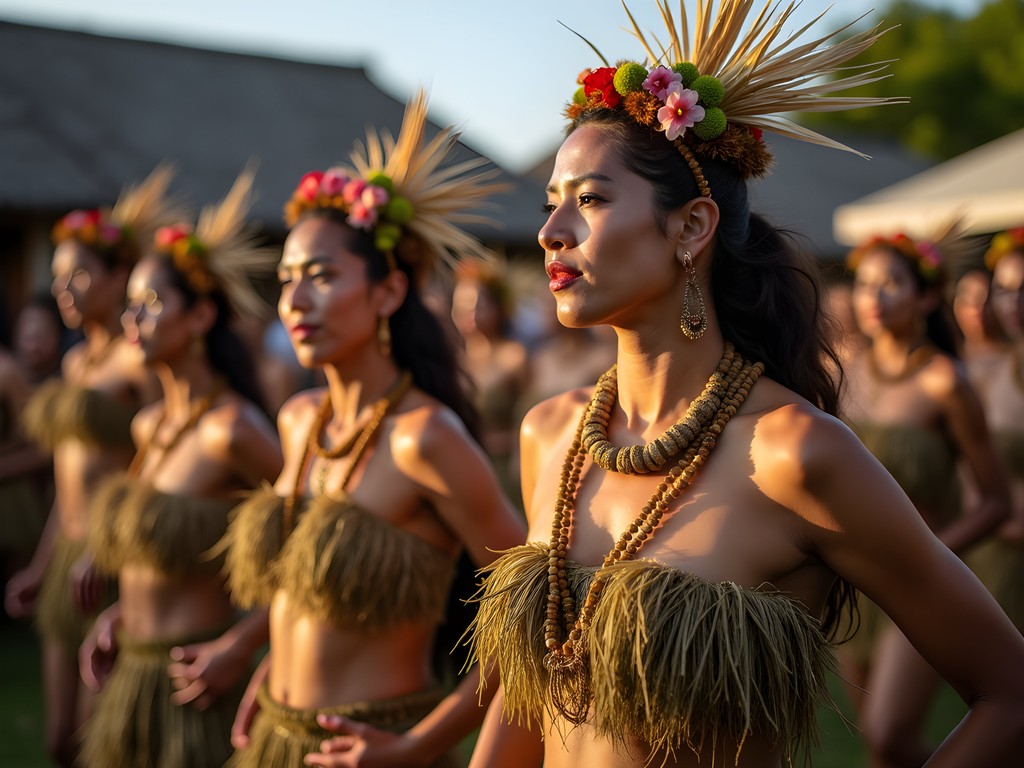
💡 Pro Tips
- Learn about the complex matrilineal clan system before engaging in deep cultural conversations
- Ask permission before photographing people or cultural ceremonies
- Bring small, thoughtful gifts if visiting homes—quality coffee or educational items for children are appreciated
Solo Hiking Adventures: Babeldaob's Hidden Trails
When the underwater visibility took a rare dip after heavy rains, I pivoted to exploring Palau's terrestrial wonders—specifically the hiking trails of Babeldaob, Palau's largest island and home to some of Micronesia's most spectacular landscapes.
Connected to Koror by a modern bridge, Babeldaob remains surprisingly undeveloped. Beyond the paved perimeter road lie dense jungles, hidden waterfalls, and ancient stone monoliths that have puzzled archaeologists for generations. For the solo traveler seeking solitude and connection with nature, these trails offer perfect day adventures.
I began with the relatively accessible Ngardmau Waterfall trail, a 3-mile round trip journey through jungle terrain to one of Palau's most impressive cascades. The trail starts from a small visitor center where you pay a modest entrance fee (about $10) that supports local conservation efforts. While the path is generally well-marked, I was grateful for my waterproof hiking boots as sections became quite muddy and slippery after recent rain.
The reward for this moderate hike is a stunning 40-foot waterfall emptying into a crystal-clear pool perfect for a refreshing swim. I spent nearly two hours here completely alone—a luxury almost unimaginable at comparable sites in more trafficked destinations.
For a more challenging adventure, I arranged a guide through the Koror State Government Office to explore the ancient Badrulchau Stone Monoliths in northern Babeldaob. These megalithic basalt structures, dating back at least 1,000 years, are Micronesia's equivalent to Easter Island's moai or Stonehenge—mysterious stone formations created through immense human effort for purposes still debated by archaeologists.
The 4-hour hike through dense jungle to reach the most remote monolith sites was physically demanding but intellectually fascinating. My guide, a local university student named Masao studying archaeology, shared both scientific theories and traditional oral histories about the stones. This blend of perspectives—empirical and cultural—provided a richness of understanding I couldn't have accessed through independent exploration.
While hiking solo in Palau is generally safe, I recommend a few precautions: always register your hiking plans with your accommodation, carry significantly more water than you think you'll need (the humidity makes dehydration a real concern), and invest in quality insect repellent. I found that long, lightweight pants and long-sleeved shirts offered the best protection against both sun and insects without causing overheating.

💡 Pro Tips
- Download offline maps and trail guides before heading to Babeldaob as cell service is extremely limited
- Hike early morning (6-10am) to avoid the most intense heat and afternoon thunderstorms
- Carry a basic first aid kit including rehydration salts and antihistamines for potential insect reactions
The Solo Diner's Guide to Palauan Cuisine
Dining alone while traveling can be either a meditative pleasure or an awkward obligation, depending largely on the destination's culinary culture. In Palau, I'm happy to report, solo dining is both accepted and rewarding, with opportunities to experience unique flavors while making meaningful connections.
Palauan cuisine reflects the nation's position at the crossroads of Pacific, Asian, and Western influences. Traditional dishes center around taro, fish, coconut, and tropical fruits, while Japanese, Filipino, and American culinary traditions have all left their mark on contemporary offerings.
For the solo traveler seeking authentic local flavors, the Palau Night Market (Thursday evenings near the Koror Community Center) offers the perfect low-pressure introduction. Dozens of food stalls serve everything from traditional tinola (fish soup with taro leaves) to modern fusion creations. The communal picnic tables make striking up conversations with locals and other travelers natural and unforced.
When I mentioned to a Palauan family sharing my table that I was interested in trying truly traditional dishes, they immediately recommended I visit Elilai Restaurant. This upscale yet unpretentious establishment overlooking Nikko Bay specializes in contemporary interpretations of Palauan classics. Their tasting menu—featuring betel nut crusted fish, taro croquettes, and fruit bat soup (yes, really)—provided a comprehensive introduction to flavors I wouldn't have discovered independently.
The restaurant's bar seating proved perfect for solo dining, as the knowledgeable bartenders doubled as cultural ambassadors, explaining the significance and preparation methods of each unusual ingredient. This is where I first tried belau, a mildly alcoholic coconut toddy that's been produced in Palau for centuries.
For more casual everyday meals, I found The Drop Off Bar & Grill near Sam's Tours to be particularly solo-friendly. Popular with dive masters and boat captains, its relaxed atmosphere facilitated easy conversations about the day's underwater sightings. Their fish tacos, made with whatever was caught that morning, became my post-dive ritual.
One dining experience stands out above all others, though it can't be planned or reserved. Midway through my trip, a dive guide named Marcus invited me to his family's Sunday gathering. What followed was a traditional feast centered around a whole pig cooked in an underground earth oven (a method called 'bul').
The elaborate meal preparation became a day-long social event, with family members of all ages contributing to different aspects of the feast. As we worked—me mostly observing and asking questions rather than providing any actual culinary value—conversations flowed naturally from food to family to philosophy. By the time we sat to eat, I'd received a more authentic education in Palauan culture than any organized tour could provide.
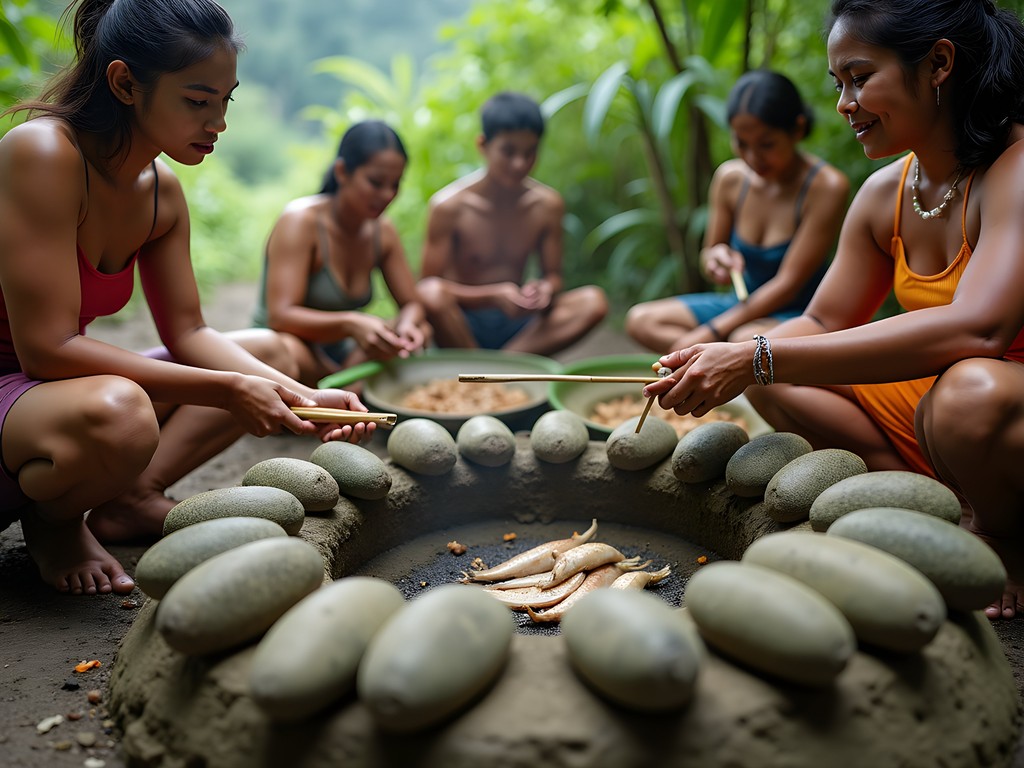
💡 Pro Tips
- Learn the phrase 'ak mera el me er a blil' ('I would like to come to your house') as a polite response to potential home invitations
- Try the fruit bat soup at least once—it's considered both a delicacy and medicinal
- Bring small food gifts from your home country to share if invited to a home meal
Final Thoughts
As my seaplane lifted off from Palau's emerald waters on my final morning, I found myself already planning a return trip—a rarity for someone who typically chases new horizons rather than revisiting destinations. Palau had worked its way under my skin in a way few places have, offering a perfect balance of adventure, cultural immersion, and the kind of solitude that refreshes rather than isolates.
For the solo traveler willing to venture beyond the standard Pacific island playbook, Palau offers rewards that extend far beyond its world-class diving. The connections I made—with the environment, with the Palauan people, and with fellow travelers—reminded me why I first stepped away from my tech career to explore the world more intentionally.
Whether you're seeking underwater adventures, cultural insights, or simply a beautiful place to reset and reflect, these islands deliver experiences that feel increasingly precious in our homogenized world. Pack your sense of wonder, respect for local traditions, and willingness to step outside your comfort zone. Palau will handle the rest.
✨ Key Takeaways
- Solo travel in Palau offers unique opportunities for cultural immersion that larger groups often miss
- Balance structured activities like diving with unplanned days to allow for spontaneous local connections
- The combination of environmental protection and cultural preservation makes Palau a model for sustainable island tourism
📋 Practical Information
Best Time to Visit
February to April (dry season with optimal visibility for diving)
Budget Estimate
$150-250 per day including accommodations, food, and activities
Recommended Duration
10-14 days
Difficulty Level
Moderate (Some Experience With Independent Travel Helpful)

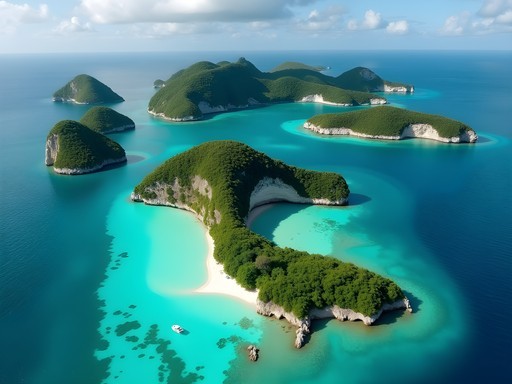


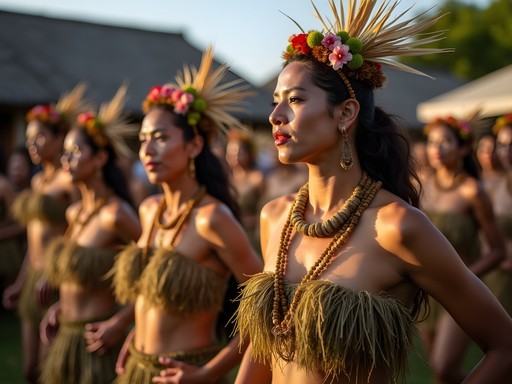

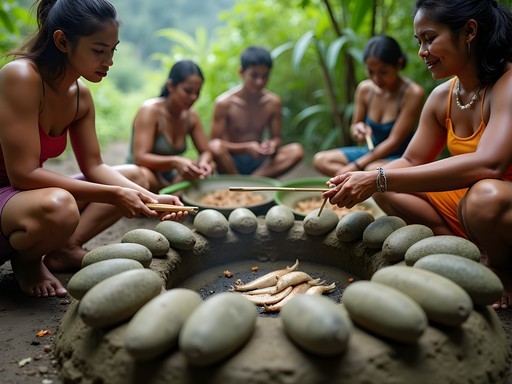


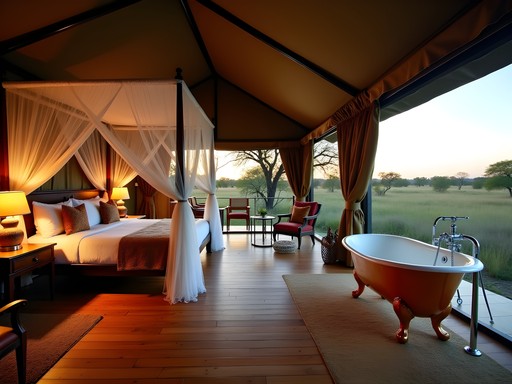
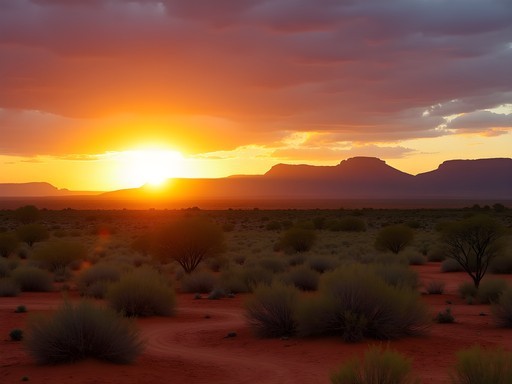



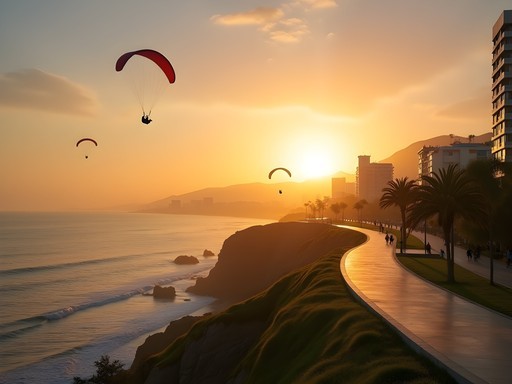

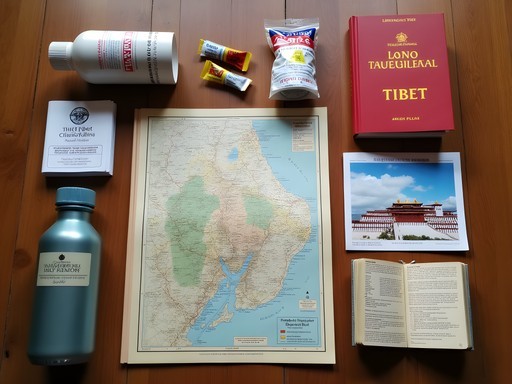
Comments
starseeker
I'm planning a solo trip there in January! Any tips for meeting other travelers? I'm a bit nervous about being alone the whole time but really want to experience Palau's diving. Did you find it easy to connect with others on boat trips and tours?
Mason Ferrari
Not Riley, but as another solo traveler who's been to Palau twice - it's perfect for meeting people! Dive boats are social by nature, and most accommodations in Koror cater to divers. Stay at DW Motel or CARP Resort - both have communal areas where divers gather in evenings. The dive community there is incredibly welcoming. I've made lasting friendships on those boats. For non-diving days, join one of the Rock Islands tours - always a mix of travelers and conversation flows easily when you're witnessing such beauty together.
starseeker
That's so reassuring, thanks Mason! DW Motel looks perfect for my budget too.
oceanlegend
How difficult is the diving for beginners? I'm getting certified next month but still nervous about diving in new places.
Riley Griffin
They have options for all levels! Let your dive shop know you're newly certified and they'll match you with appropriate sites. The Blue Corner can have strong currents, but places like the German Channel are more beginner-friendly. Sam's Tours was great about matching dive sites to experience levels.
Hayden Butler
Riley, your post brought back such vivid memories! I visited Palau last summer and stayed at the Palau Pacific Resort - worth every penny for that private beach access. The German Channel dive was a highlight - we saw six manta rays in a single dive! What truly surprised me though was the food scene in Koror. That little seafood spot you mentioned (The Carp) served the freshest tuna I've ever tasted. Did you make it to Peleliu for the WWII sites? That was a deeply moving day trip that added historical dimension to all that natural beauty. Looking forward to your next adventure!
bluelife
How's the wifi there? Need to stay connected for work.
Riley Griffin
It's decent in Koror at hotels and cafes, but spotty elsewhere. I used a portable hotspot as backup which worked pretty well for basic needs!
smartqueen
Wow those photos are stunning! Adding Palau to my bucket list right now!!
journeychamp
Riley, you've captured the magic of Palau perfectly! I was there last year and completely agree about the Rock Islands - absolutely breathtaking. Did you get to Jellyfish Lake? Swimming among thousands of non-stinging jellies was one of the most surreal experiences of my life. For anyone planning to go, definitely stay at least 5 days. I rushed through in 3 and regretted not having more time to explore the outer islands.
Riley Griffin
Thanks journeychamp! Yes, Jellyfish Lake was incredible - felt like floating through another dimension. Completely agree on the 5+ days recommendation. There's just too much to see!
oceanlegend
Is Jellyfish Lake suitable for someone who's not a strong swimmer?
journeychamp
Absolutely! The lake is calm and you just need to be comfortable floating. They provide life jackets too if you want one. It's more about relaxing and drifting than swimming.
moonway5138
Going to Palau solo next month! Did you feel safe walking around Koror at night? And any restaurant recommendations? This guide is super helpful!
Riley Griffin
Absolutely felt safe! Koror is very walkable and friendly. For food, don't miss The Carp restaurant for fresh seafood and Elilai for a special night out with spectacular sunset views. Drop me a DM if you need more specific tips!
Sarah Powell
Riley, fantastic guide that really captures the essence of solo travel in Palau. I visited three years ago and would add that the German Channel dive site is absolutely worth the splurge for advanced divers - the manta ray encounters there were unparalleled. For accommodations, I stayed at Palau Central Hotel which offers a great balance of comfort and value, plus they organize a cultural dinner every Thursday with local performers that helped me connect with other travelers. I found having my dive log was essential since I ended up doing 14 dives in 8 days! The cultural section of your guide is spot-on - those village visits provide such meaningful context to the natural beauty.
moonway5138
Sarah - did you need to book the German Channel dive far in advance? Planning a trip for January!
Sarah Powell
I booked about a week ahead with Sam's Tours and had no issues, but January is high season so maybe give yourself 2 weeks just to be safe!
freelegend
Those underwater photos are INCREDIBLE! Adding Palau to my bucket list right now!
starqueen
This brought back so many memories! I solo traveled to Palau last year and totally agree about Koror being the perfect base. The locals were incredibly welcoming. Did you make it to Jellyfish Lake? That was honestly a life-changing experience for me - swimming among thousands of harmless jellies felt like floating through another dimension. The conservation fee was worth every penny.
Riley Griffin
Yes! Jellyfish Lake was magical - I actually mentioned it briefly in the underwater section. Such a surreal experience, right? The conservation efforts there are really impressive too.
starqueen
Oops, must have missed that part! And yes, their conservation approach should be a model for other destinations. Did you try that little cafe near the dock with the amazing coconut pancakes?
Venture X
Premium card with 2X miles, $300 travel credit, Priority Pass